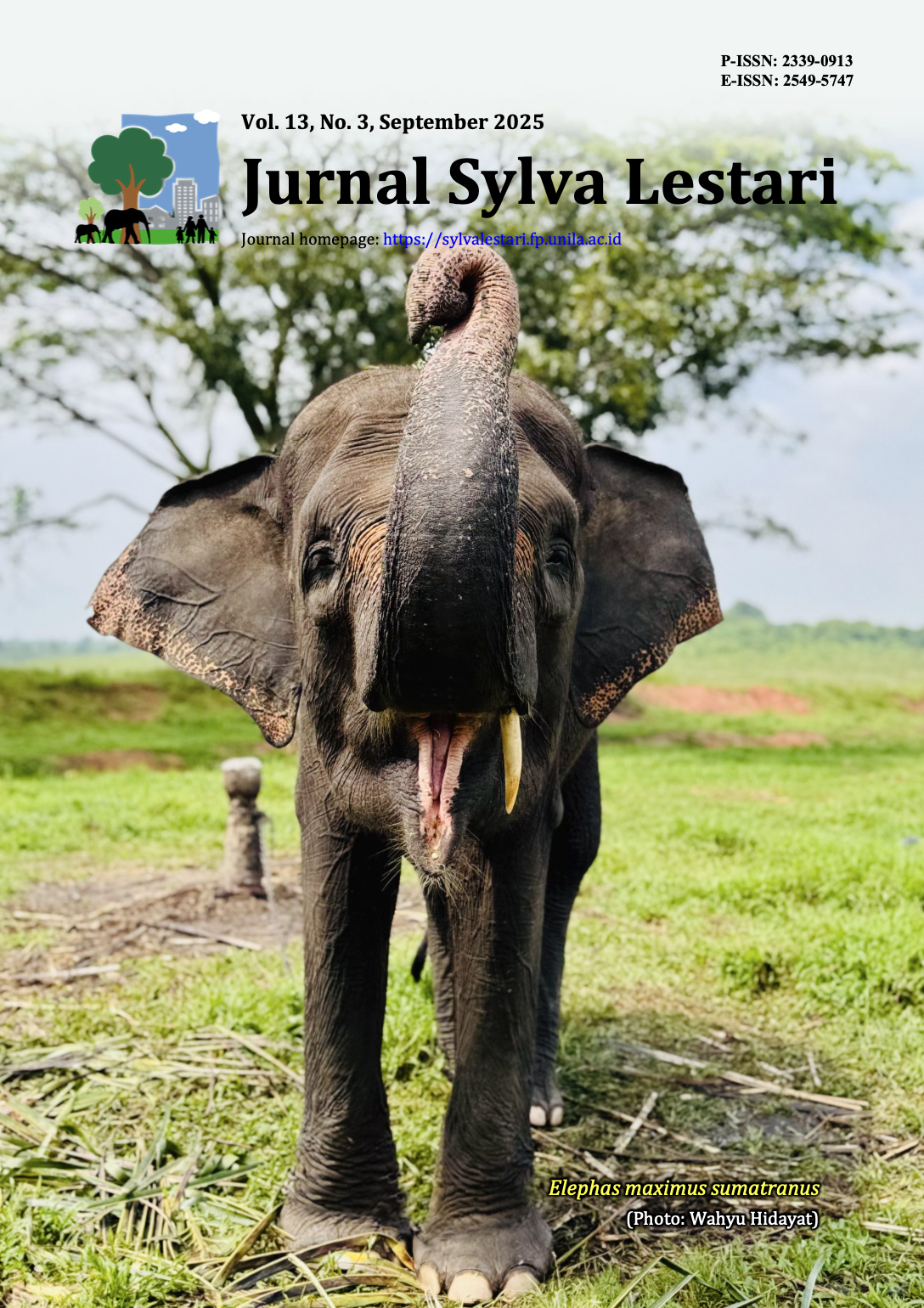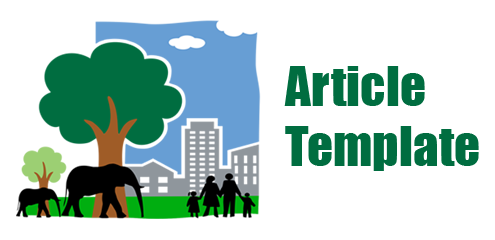Land Use Mapping of Areas with Intense Socio-Economic Activities using Integrated Unmanned Aerial Vehicle and Geographic Information System
DOI:
https://doi.org/10.23960/jsl.v13i3.1217Abstract
Indonesia’s national park development faces a challenging task due to human activities that threaten territorial integrity and gradually degrade the ecosystem. In Aketajawe Lolobata National Park, local communities rely heavily on park resources, resulting in observable changes in land use and land cover. However, periodic monitoring is complicated by limitations in satellite imagery availability and processing, as well as associated time and cost, making it difficult to acquire accurate information on land use. To address this, the study utilized unmanned aerial vehicle imagery to identify and map areas with intense socio-economic activities within the conservation area, aiming to understand the socio-cultural dynamics that affect conservation efforts. The land use classification involved four stages: (1) Orthomosaic image processing, (2) Image interpretation, (3) Supervised classification, and (4) Accuracy assessment. This study produced high-resolution imagery of approximately 640.21 ha with a ground sampling distance of up to 2.89 cm/pixel, which improved the accuracy of land surface interpretation. Mapping was performed at a scale of 1 cm to 2 m. The primary land use was classified into five classes: forest (436.65 ha), agriculture (168.76 ha), water body (20.87 ha), bare land (12.84 ha), and built-up (1.09 ha). The corresponding kappa coefficients were 0.78, 0.66, 0.73, 0.7, and 0.79, respectively, indicating generally reliable agreement. The present findings demonstrate the reliability and accuracy of unmanned aerial vehicle technology as a valuable tool for forest managers to map land use in critical and sensitive areas, such as national parks. As these platforms continue to evolve, this study presents a compelling case for their use in Indonesia’s national parks. It also highlights the study's limitations and the advantages of this technology, as well as its potential applications in national park management.
Keywords: geographic information systems, land use, maximum likelihood classification, socio-economic, Unmanned Aerial Vehicle
Downloads
Downloads
Published
How to Cite
Issue
Section
Statistics
 Abstract views: 165 times
Abstract views: 165 times PDF downloaded: 170 times
PDF downloaded: 170 times
Metrics
License
Copyright (c) 2025 As Ari Wahyu utomo, Norizah Kamarudin, Zaiton Samdin, Sheriza Mohd Razali, Ruzana Adibah

This work is licensed under a Creative Commons Attribution-NonCommercial 4.0 International License.
Authors retain copyright and grant the journal right of first publication with the work simultaneously licensed under a Creative Commons Attribution-NonCommercial 4.0 Licence that allows others to share the work with an acknowledgement of the work's authorship and initial publication in this journal.
Authors are able to enter into separate, additional contractual arrangements for the non-exclusive distribution of the journal's published version of the work (e.g., post it to an institutional repository or publish it in a book), with an acknowledgement of its initial publication in this journal.
Authors are permitted and encouraged to post their work online (e.g., in institutional repositories or on their website) prior to and during the submission process, as it can lead to productive exchanges, as well as earlier and greater citation of published work (See The Effect of Open Access).









